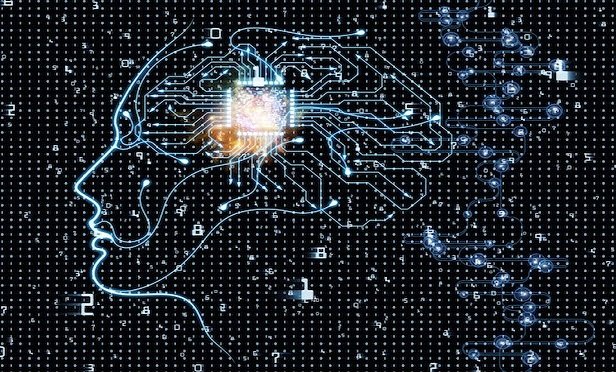 AI and RPA are only beginning to transform how business is done in the insurance industry. We can expect to see burgeoning usage in operations, customer service, risk assessment and mitigation and regulatory compliance. (Image: Shutterstock)
AI and RPA are only beginning to transform how business is done in the insurance industry. We can expect to see burgeoning usage in operations, customer service, risk assessment and mitigation and regulatory compliance. (Image: Shutterstock)
Insurance companies are only beginning to harness the potential of artificial intelligence (AI) and robotic process automation (RPA). AI refers to computer systems that can mimic human capabilities by learning and solving problems. RPA is an emerging form of business process automation technology based on using software robots or AI "workers."
Here is a look at five notable AI/RPA trends in the insurance industry.
|1. Machine learning for fraud detection and risk assessment
Humans learn from experience and thus can predict outcomes. Insurers are beginning to use AI algorithms with big (and small) data to accurately predict outcomes. Machine learning, or AI, is being used to improve customer service, guide the development of new products, detect risks and cross-promote products. It is helping insurance companies to improve their efficiency by facilitating damage assessment, identifying billing anomalies, boosting fraud detection, and identifying lapsed policies.
Recommended For You
Want to continue reading?
Become a Free PropertyCasualty360 Digital Reader
Your access to unlimited PropertyCasualty360 content isn’t changing.
Once you are an ALM digital member, you’ll receive:
- Breaking insurance news and analysis, on-site and via our newsletters and custom alerts
- Weekly Insurance Speak podcast featuring exclusive interviews with industry leaders
- Educational webcasts, white papers, and ebooks from industry thought leaders
- Critical converage of the employee benefits and financial advisory markets on our other ALM sites, BenefitsPRO and ThinkAdvisor
Already have an account? Sign In Now
© 2025 ALM Global, LLC, All Rights Reserved. Request academic re-use from www.copyright.com. All other uses, submit a request to [email protected]. For more information visit Asset & Logo Licensing.








